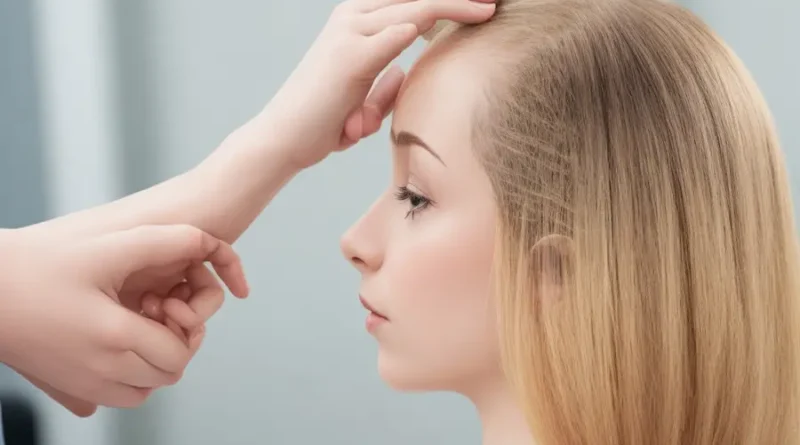The Benefits of Cognitive Behavioral Therapy for Trichotillomania
Cognitive behavioral therapy is a type of talk therapy that has been proven effective in changing negative thoughts and behaviors. It is often combined with other treatments, such as medication, to create an effective treatment plan.
Several studies have shown that CBT is effective for treating trichotillomania. During sessions, patients become more aware of situations and events that trigger hair-pulling episodes and utilize alternative behavior.
Identifying and Changing Thought Patterns
Trichotillomania is a complex condition that can affect all aspects of a person’s life. It can cause shame, embarrassment, guilt, low self-esteem, and even depression. It can lead to isolation, making it challenging to work or socialize with others.
CBT can help individuals overcome these negative symptoms by teaching them coping strategies and improving their quality of life. It can also teach them to identify and challenge distorted thoughts contributing to hair-pulling. It can use habit reversal training to change the behavior and help people substitute it with other behaviors like clenching their fists or knitting.
When discussing mental health treatments, exploring options like trichotillomania therapy provides insight into practical strategies for managing compulsive behaviors and improving overall well-being.
It is essential to find a therapist who is experienced in treating trichotillomania. It is also a good idea to seek out a support group for those with the disorder. Having supportive people can make a huge difference in long-term recovery from the illness. It can also be helpful to join a community for those who have the disease so they can learn from each other about coping with their triggers and urges.
Creating a Support System
During CBT sessions, a therapist plays an active role in helping you address your hair-pulling problems. They will teach you various skills, including habit reversal and stimulus control techniques, to help you reduce or stop your hair-pulling. They will also provide coping strategies and techniques to deal with stress, which often triggers or exacerbates hair-pulling.
If you are a loved one of someone with trichotillomania, it can be challenging to know how best to support them. Avoid statements such as, “Just get over it,” or, “It’s just a bad habit.” It’s a good idea for you to join a support group with members who are knowledgeable about the disorder and can offer insight into managing it.
If you want to learn more about cognitive behavioral therapy for trichotillomania, contact professionals today. They can put you in touch with a qualified therapist who has dealt with BFRBs, such as trichotillomania.
Developing Healthy Coping Strategies
Trichotillomania is part of a group of disorders called Body-Focused Repetitive Behaviors (BFRBs), which include compulsive skin picking, nail-biting, and more. CBT is the most effective treatment for trichotillomania and other BFRBs.
The goal of CBT is to help individuals develop healthier coping strategies. During sessions, your therapist will teach you ways to identify and challenge negative thoughts that lead to hair pulling, as well as how to find healthy coping methods that will reduce symptoms.
In addition to CBT, other treatment options for trichotillomania can include supportive therapy groups, medication, and lifestyle changes like eating a nutritious diet, exercising regularly, and avoiding triggers that cause hair-pulling. Incorporating these components into your treatment plan will improve your overall quality of life and make it easier to maintain your progress after you finish therapy.
If you are struggling with trichotillomania, finding a therapist who specializes in this condition is essential. Find a qualified therapist to help you regain your life.
Preventing Relapse
During cognitive behavioral therapy for trichotillomania, your therapist will teach you how to recognize triggers and use healthy coping strategies. They may also recommend medications or clomipramine, which block serotonin’s reuptake after it has been used to transmit messages between cells in the brain. This increases the amount of serotonin available to elevate mood and ease anxiety.
The goal is to develop a long-term strategy for managing compulsions and changing thoughts that lead to hair-pulling. This may include identifying high-risk situations, revisiting coping strategies, confronting beliefs that contribute to the compulsion, and learning mindfulness.
It is essential to find a therapist who has experience treating BFRBs, including trichotillomania, to achieve the best results. It is also helpful to join a support group and connect online with others who have trichotillomania, as this can help you feel less alone and reduce feelings of shame.
Visit the rest of the site for more interesting and useful articles.

